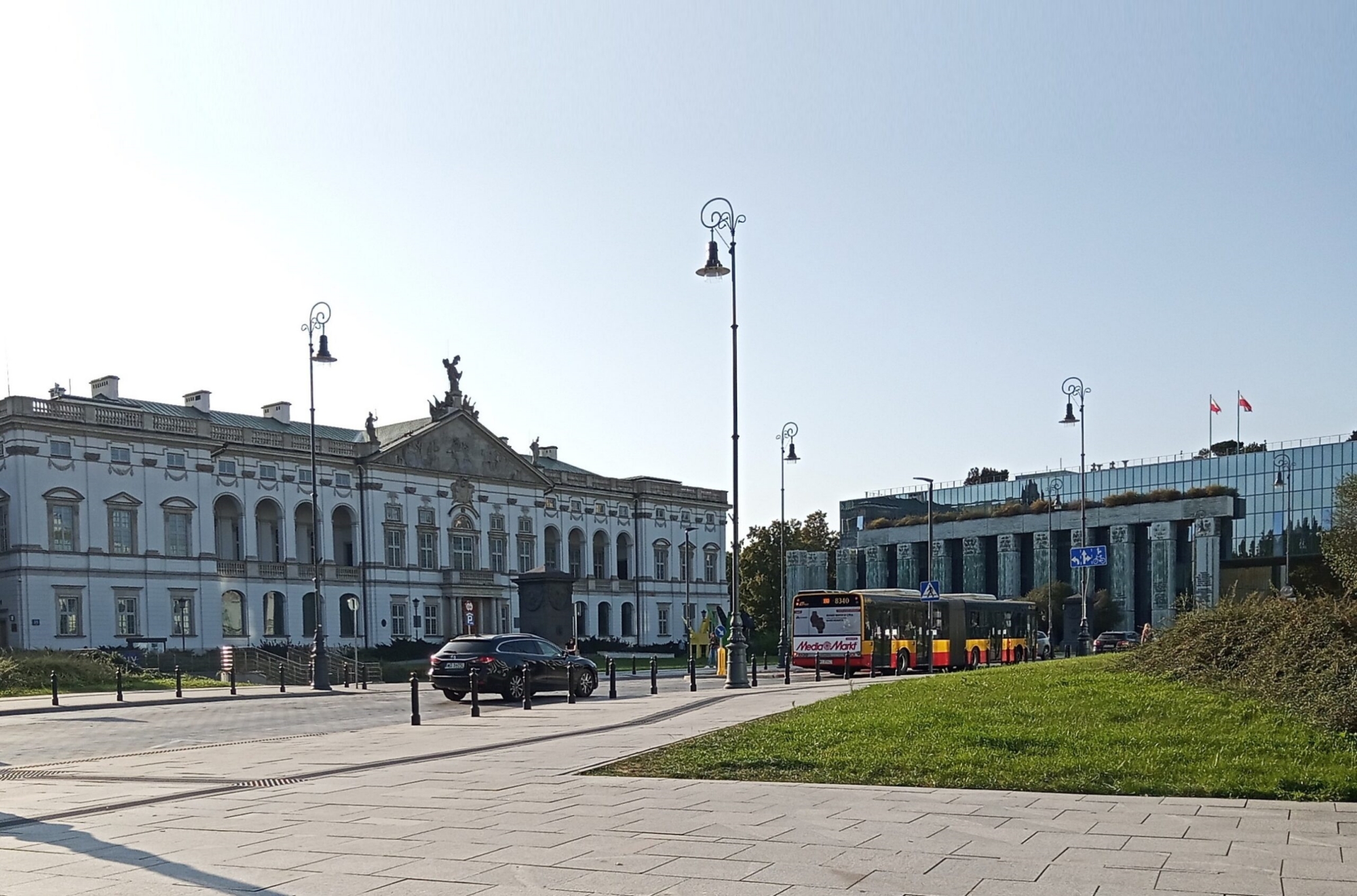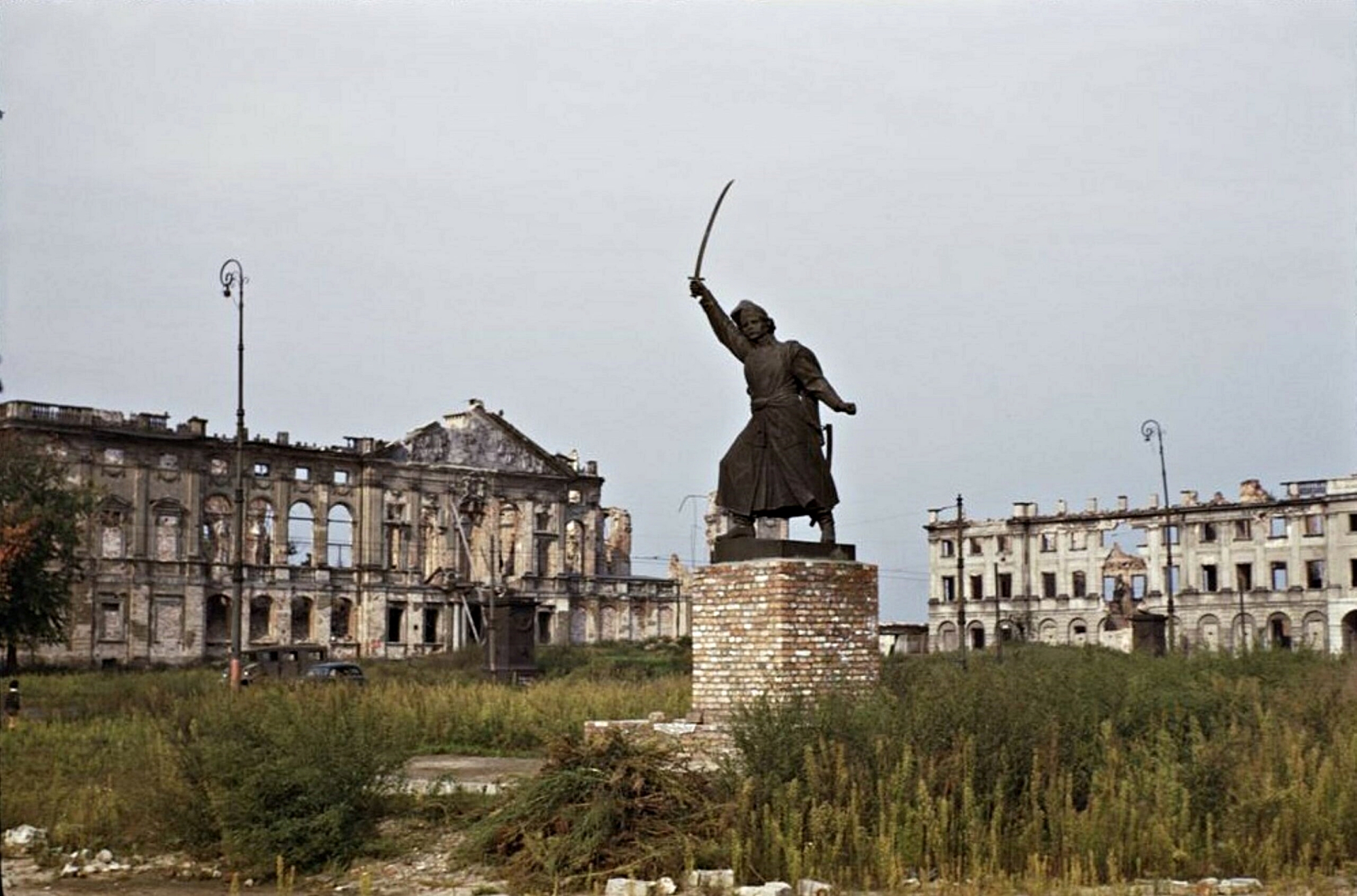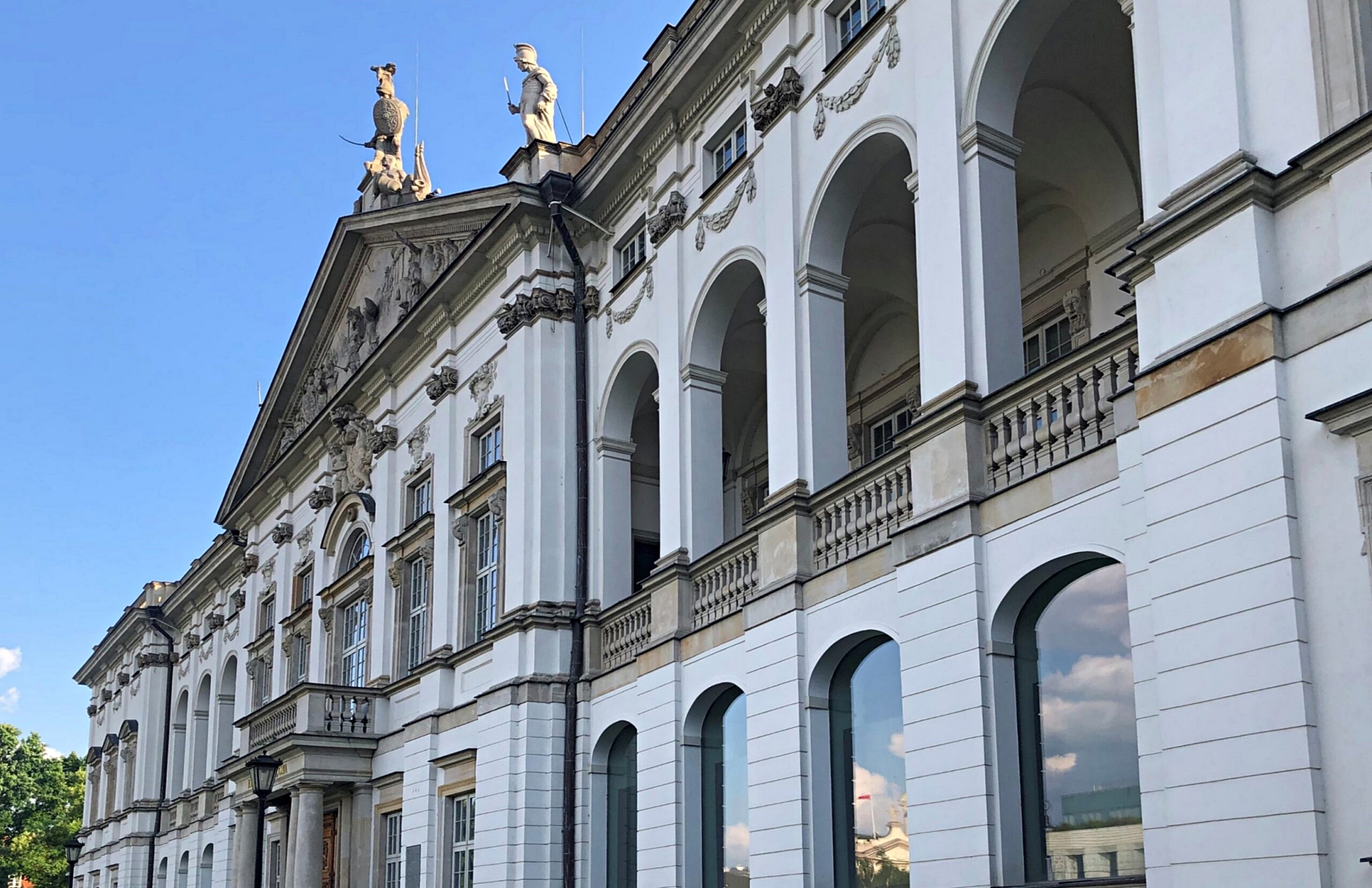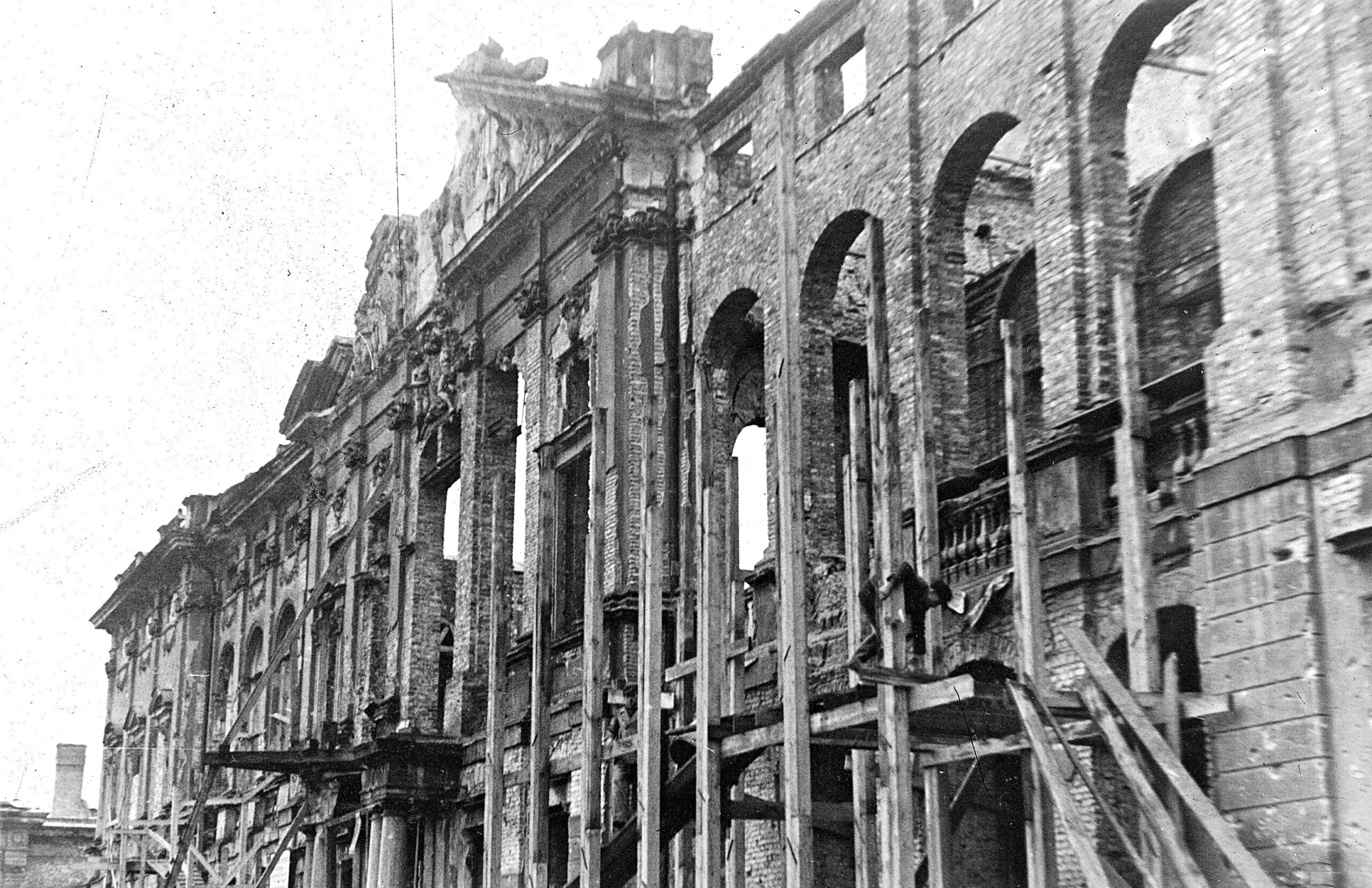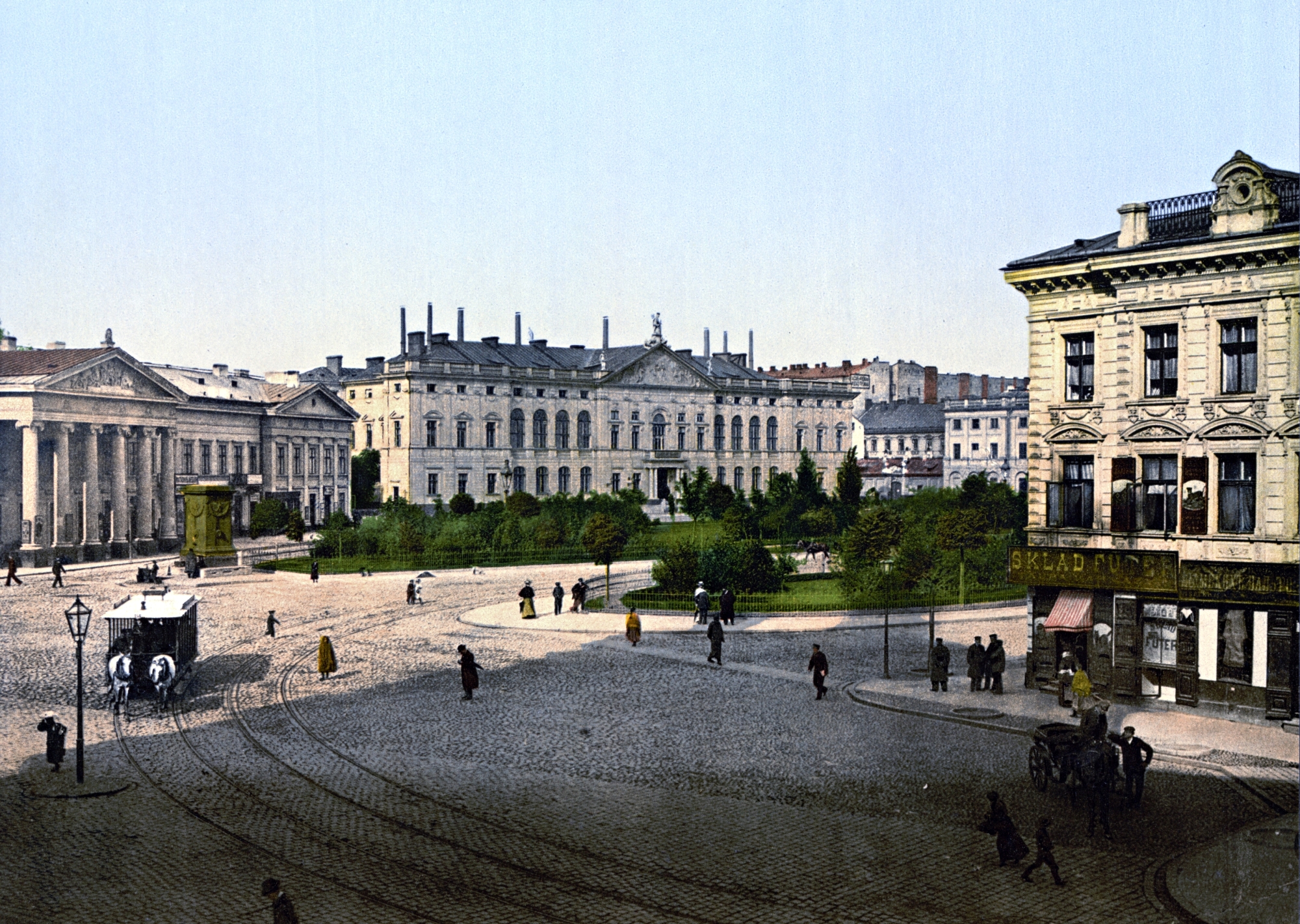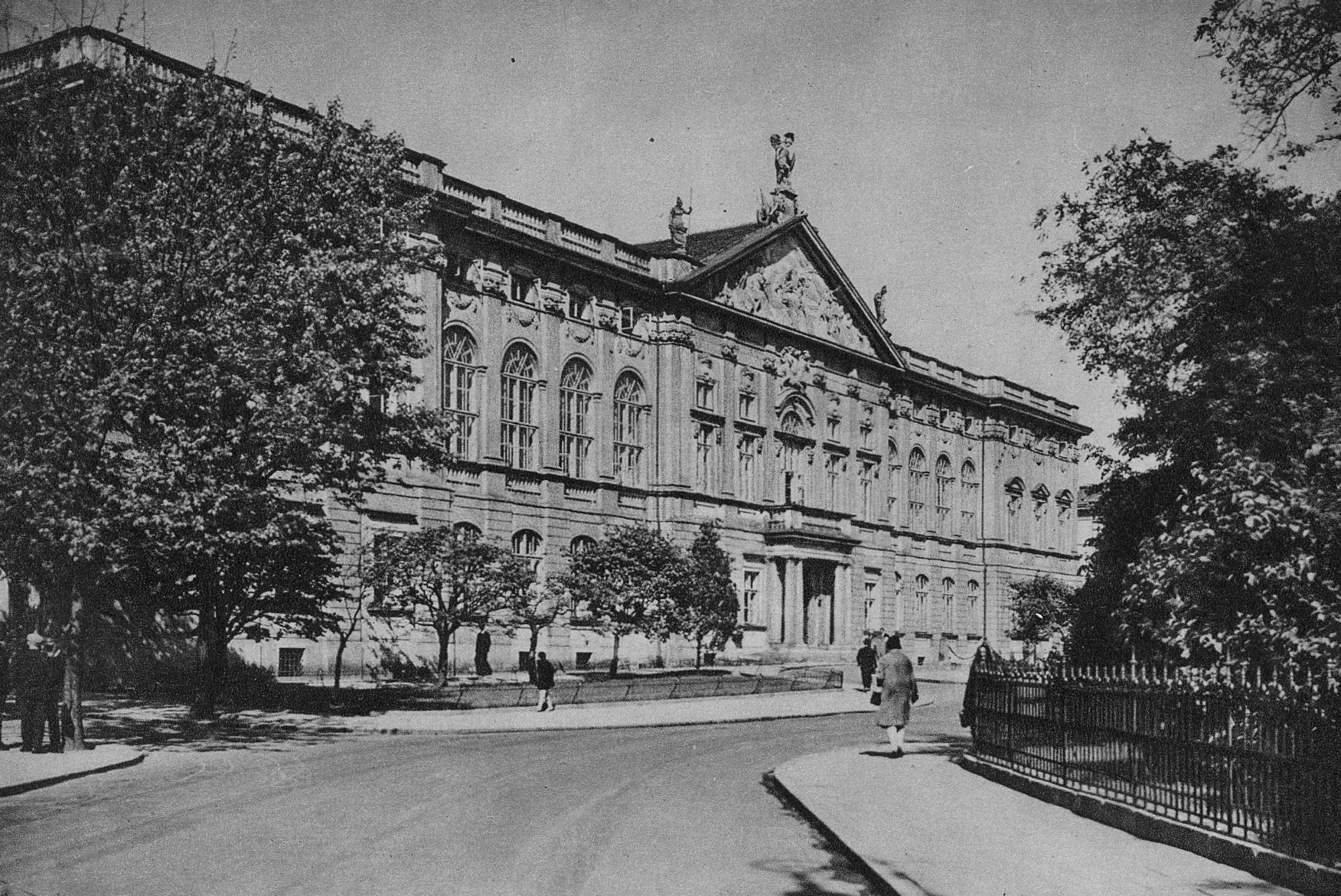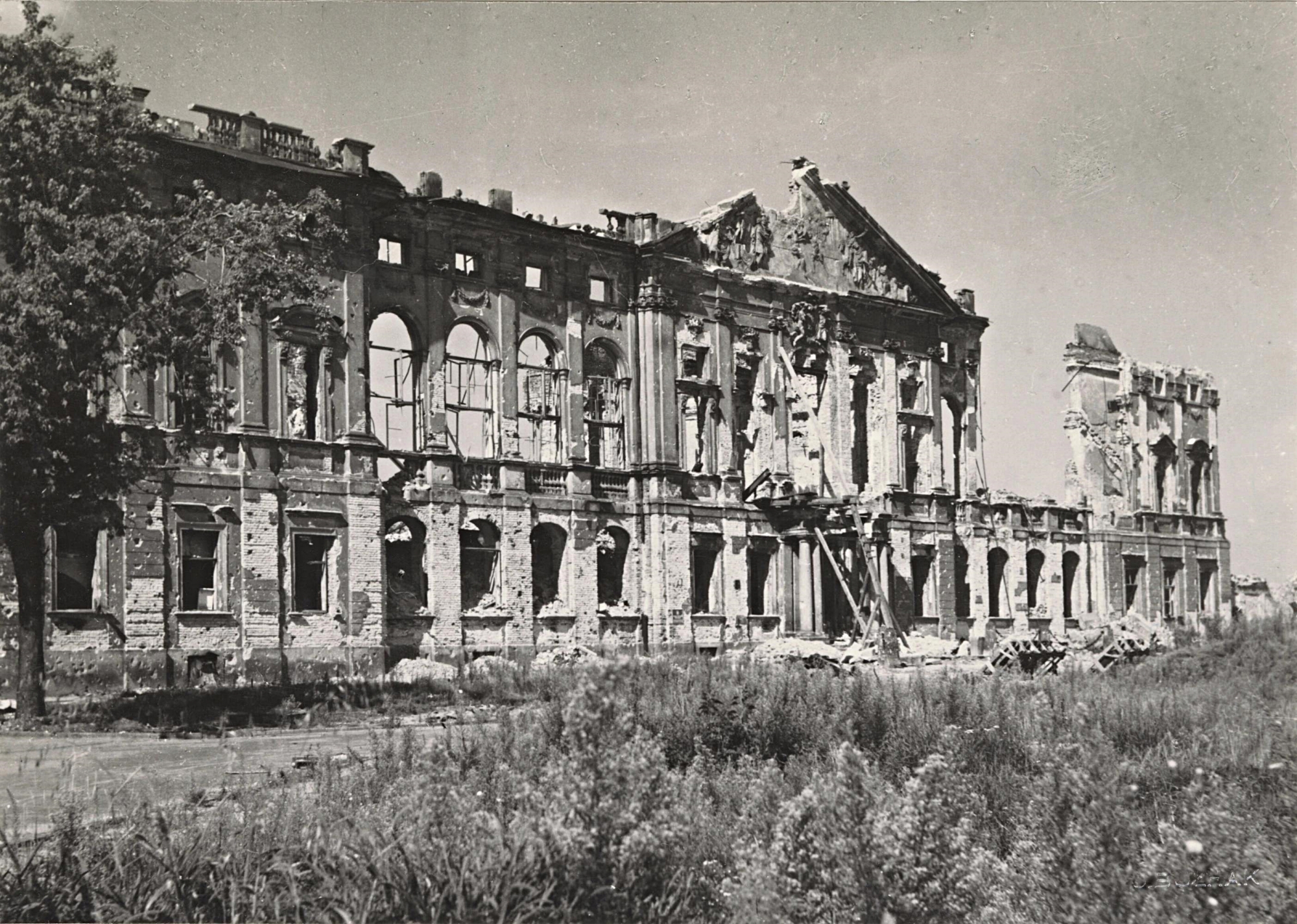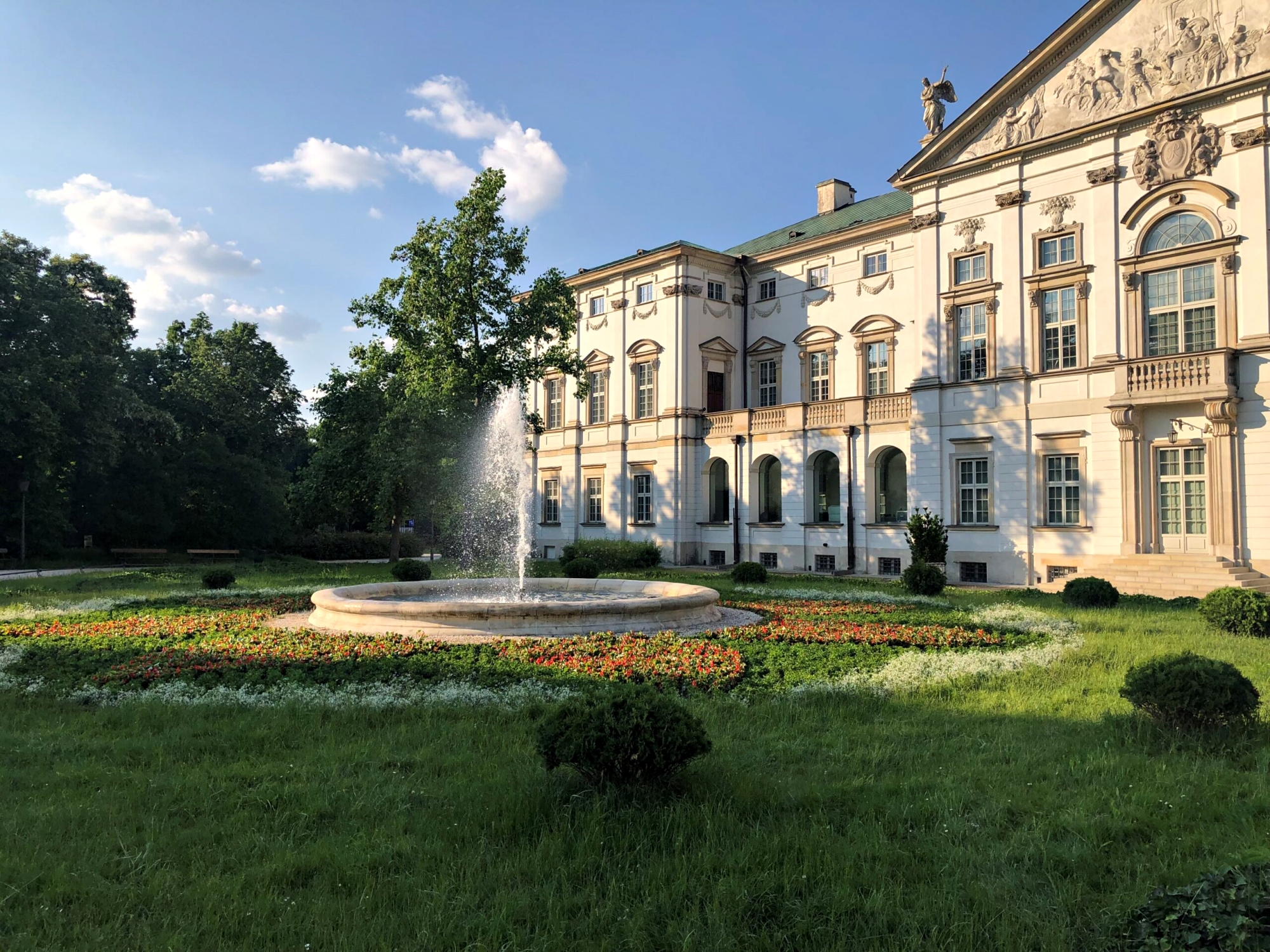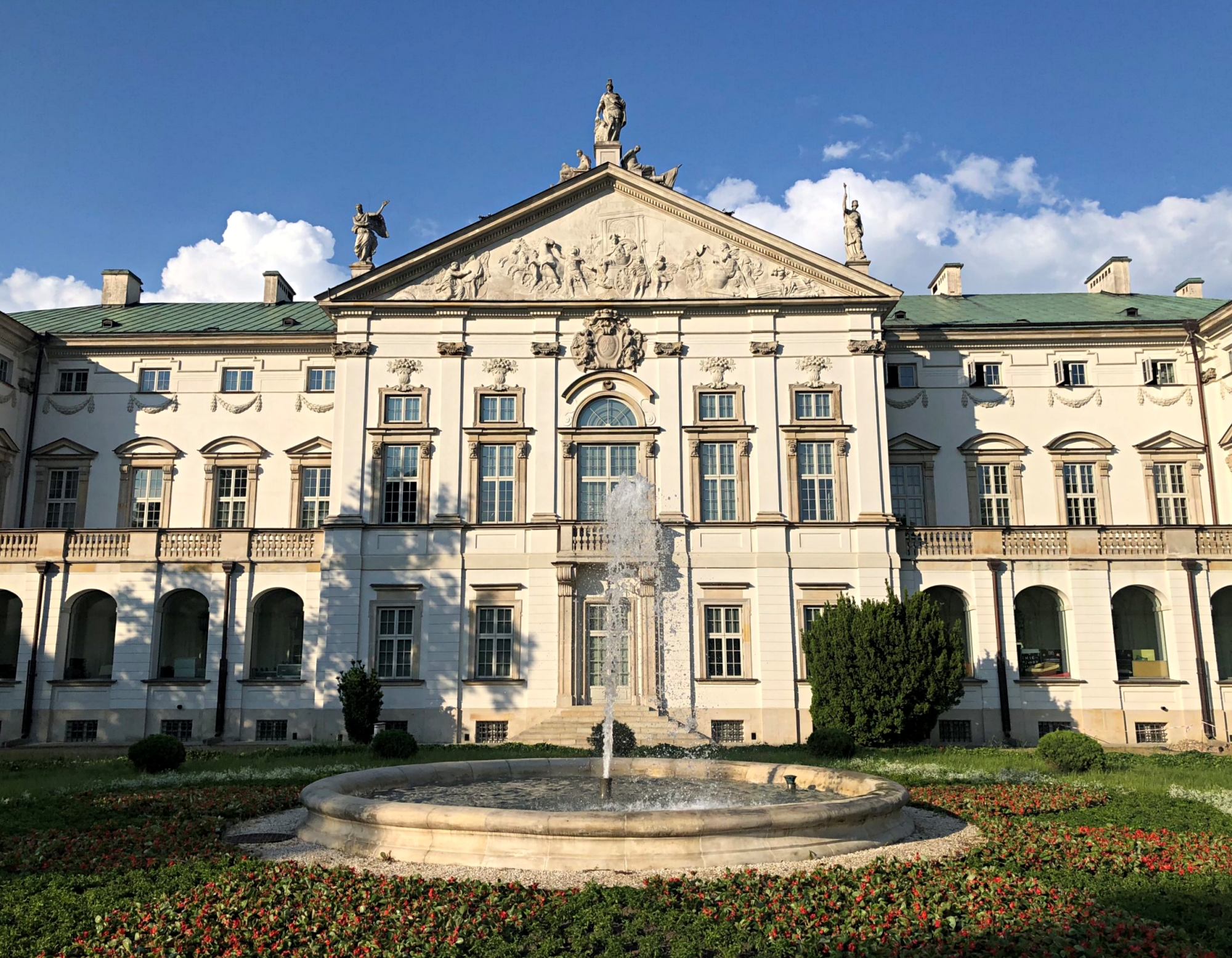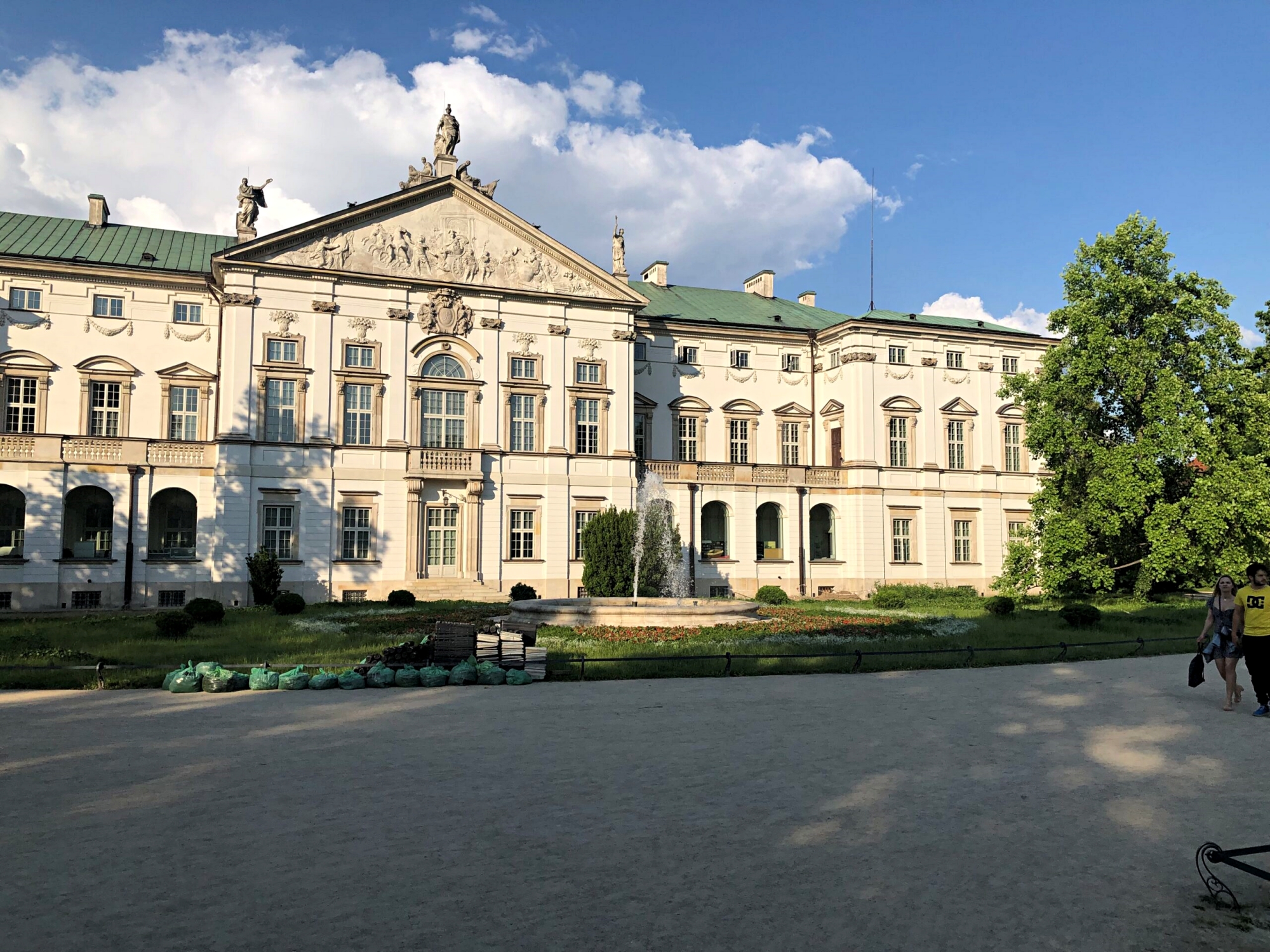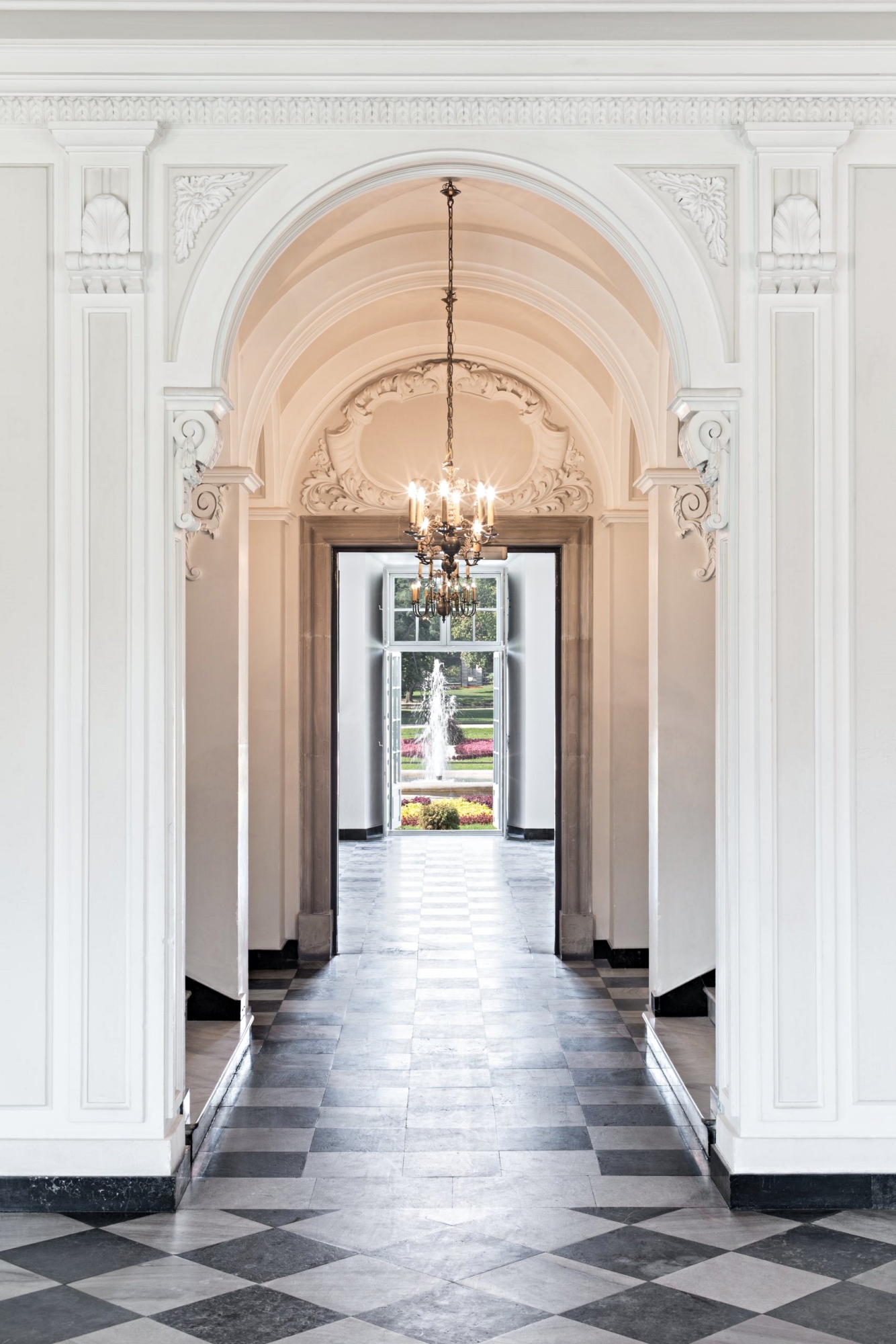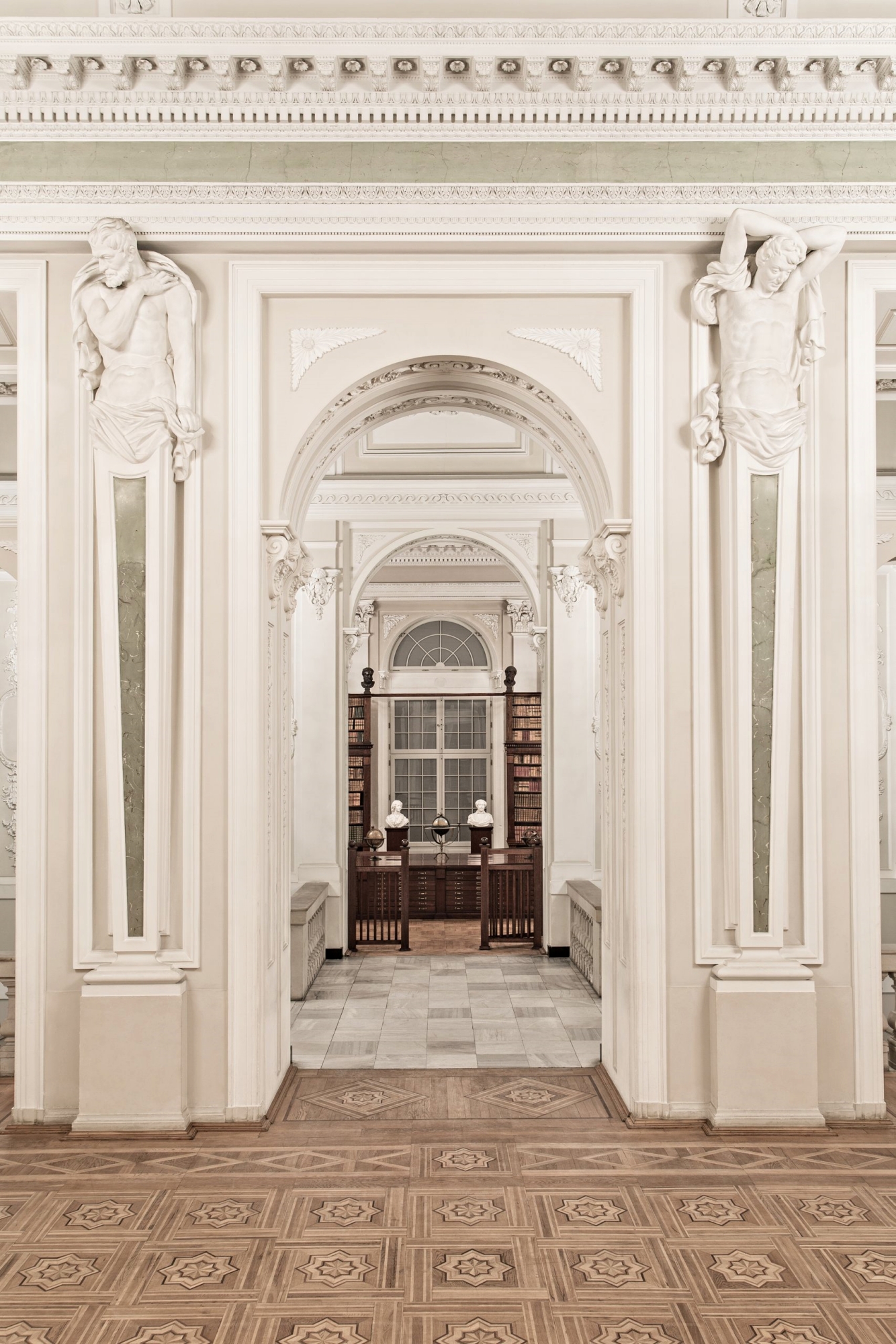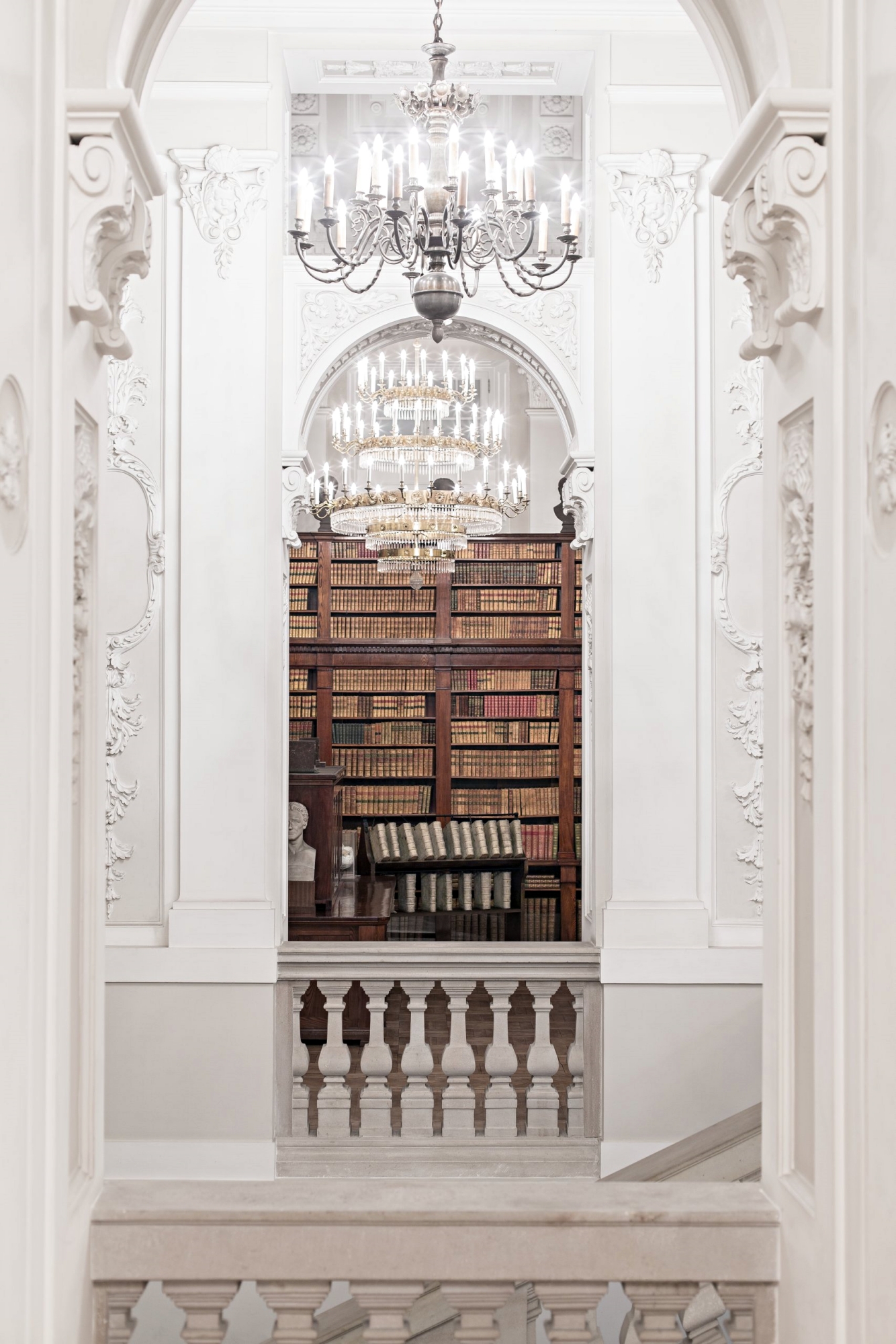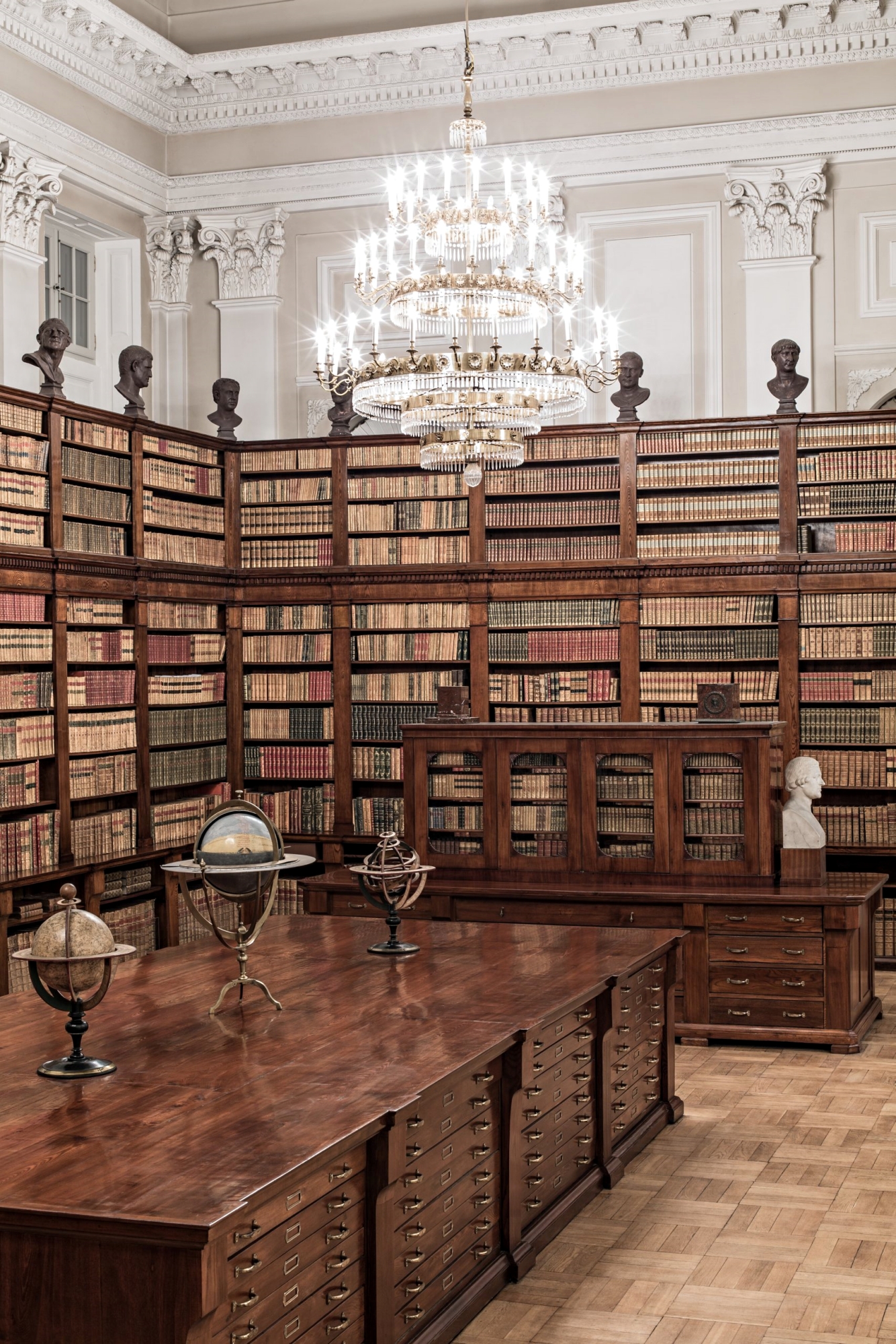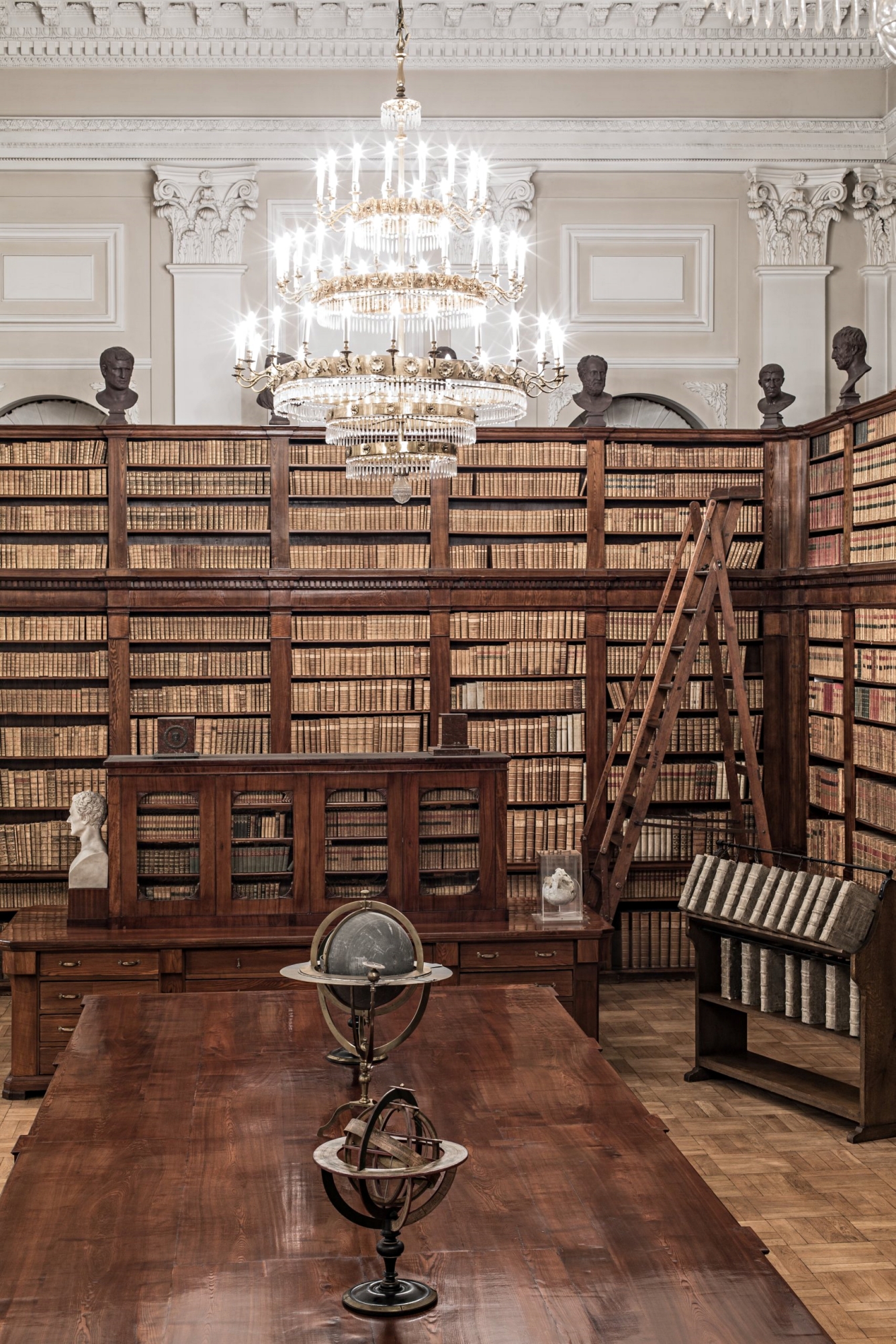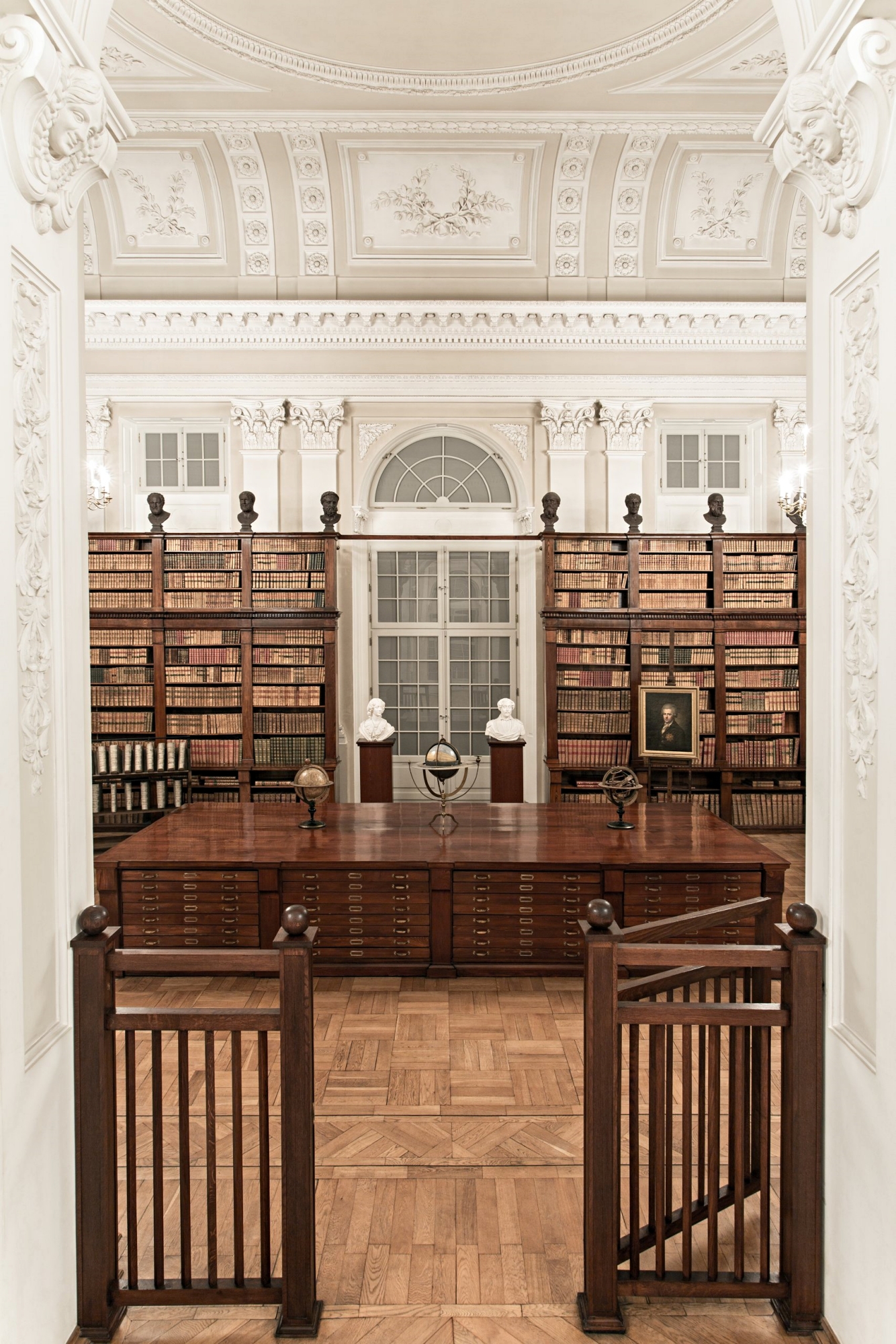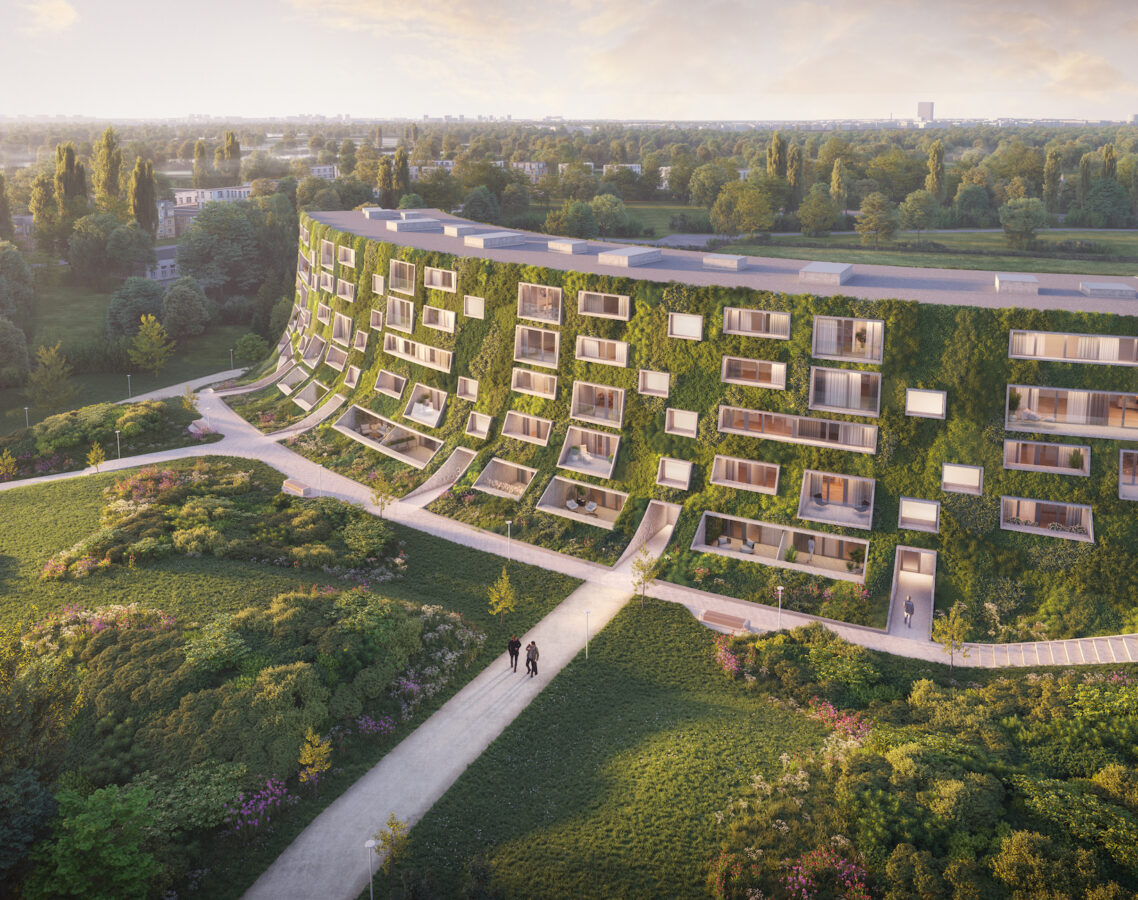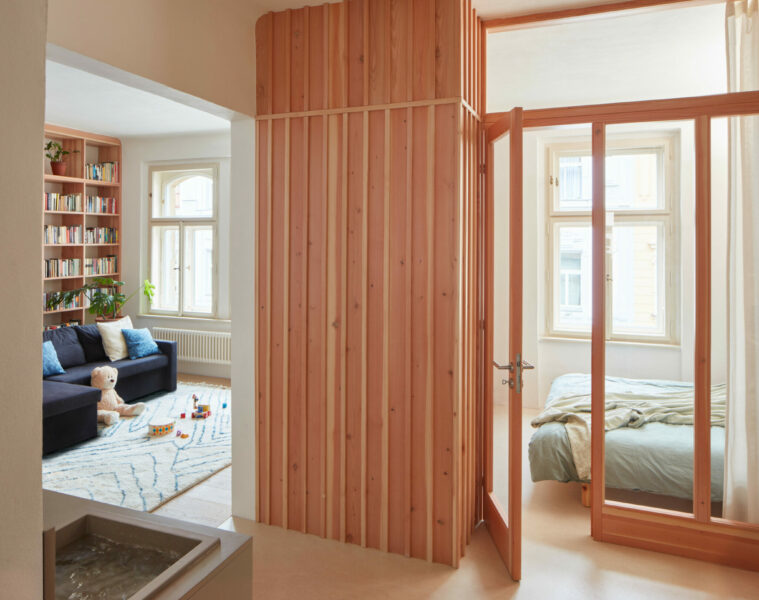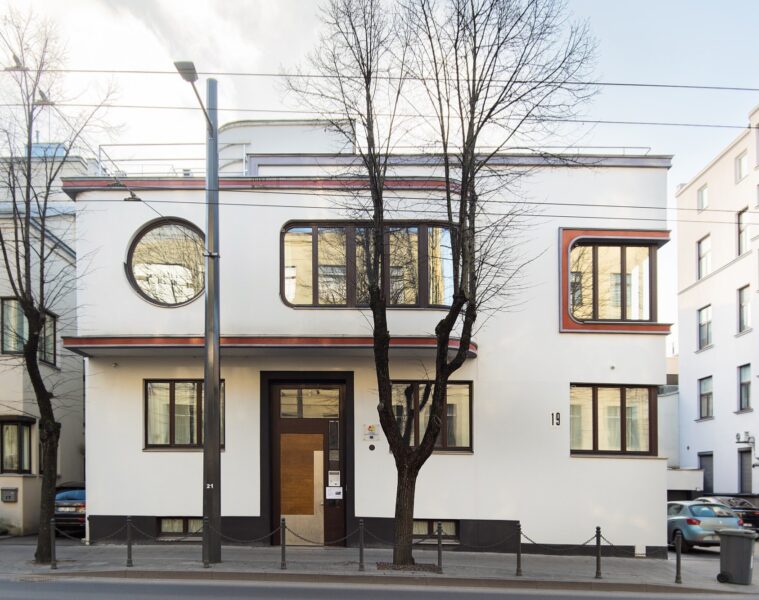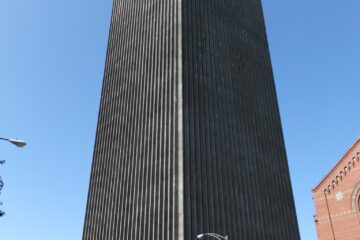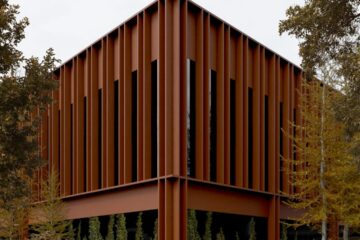Krasiński Palace, also known as the Palace of the Republic, will open its doors to the public for the first time in history. The final stage of the monument’s modernisation has just been completed, and already on 21 May all those wishing to visit the palace will be able to admire the most valuable exhibits from the National Library’s treasury. These include manuscripts by Jan Kochanowski and Adam Mickiewicz and the world’s largest collection of music manuscripts by Fryderyk Chopin. The event will be accompanied by a gala concert performed by distinguished artists.
Krasiński Palace was designed by one of the most eminent architects of the second half of the 17th century, Tylman Gamerski. He used a palace layout known as entre cour et jardin – with a garden on one side of the building and a courtyard on the other. In 1765, the palace was purchased by the Republic for the seat of the Crown Treasury Commission. It was then that renovations were carried out and the interior decoration was finally completed. From then on it was called the palace of the Republic. In 1766, the Krasinski Garden was made available to Varsovians. In 1783, the reconstruction of the building after the fire was completed. The project was carried out by Dominik Merlini.
Graphic of Zygmunt Vogel (1795) Photo: Krystyna Sroczyńska (1969). Zygmunt Vogel: cabinet draughtsman of Stanislaus Augustus. Ossoliński National Institute, p. 173
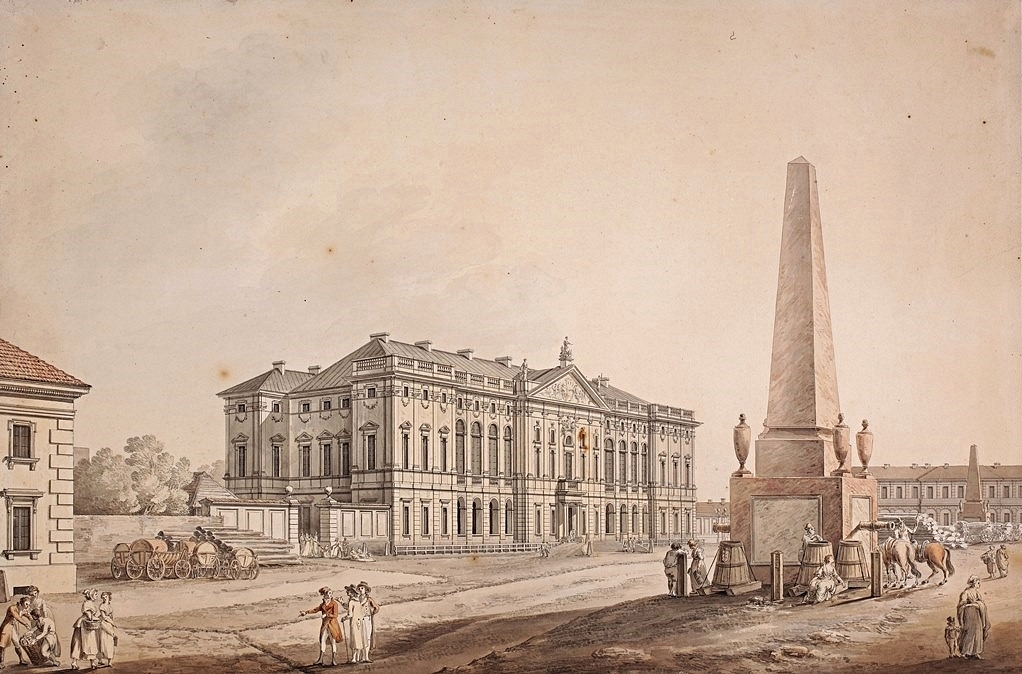
In the years 1827-1828, the Sejm court held its sessions here. In 1835 the palace was restored after being damaged during the November Uprising. From 1917 to 1939 it was the seat of the Supreme Court and its annexe the District Court. In September 1939, the palace was damaged, and in August 1944, during the Warsaw Uprising, the building was bombed by German aircraft, resulting in the deaths of 27 insurgents of the “Parasol” battalion. As a result of the fighting over the following days, the palace was almost completely burnt down. After the war, damage to the building was estimated at 85%. All the buildings surrounding Krasińskich Square lay in ruins. Only the palace was rebuilt.
Krasińskich Square in 1947 and 2021. Source: “Warsaw, September 1947”, by Henry N. Cobb and whiteMAD/Mateusz Markowski
Reconstruction began in 1948 to a design by Mieczysław Kuzma and Zbigniew Stępiński. It was completed in 1961. The rebuilt edifice houses what has survived (less than 5%) of the former 40,000 manuscripts of the Załuski Library and the Polish Museum in Rapperswil, the book collection of the Wilanów Library, as well as other old prints and graphic collections collected later.
The façade of the palace in 1948 and today. Source: NAC – National Digital Archive www.nac.gov.pl/ and whiteMAD/Mateusz Markowski
The National Library invites you to the grand opening on 21 May at 8.30 p.m. The event will be accompanied by a festive concert directed by Krzysztof Materna. A piece titled Słowo, composed especially for the occasion by Tadeusz Woźniak, will resound on Krasińskich Square – the stage will feature Joanna Kulig, Jolanta Majchrzak, Justyna Schneider, Daniel Olbrychski, Marcin Przybylski, Olek Różanek, Tadeusz Woźniak, the Progressive Rock Band under the direction of Marek Radula and the Sinfonia Varsovia under the baton of Wojciech Michniewski. The ceremony will be conducted by Dr Katarzyna Kasia and Grzegorz Markowski.
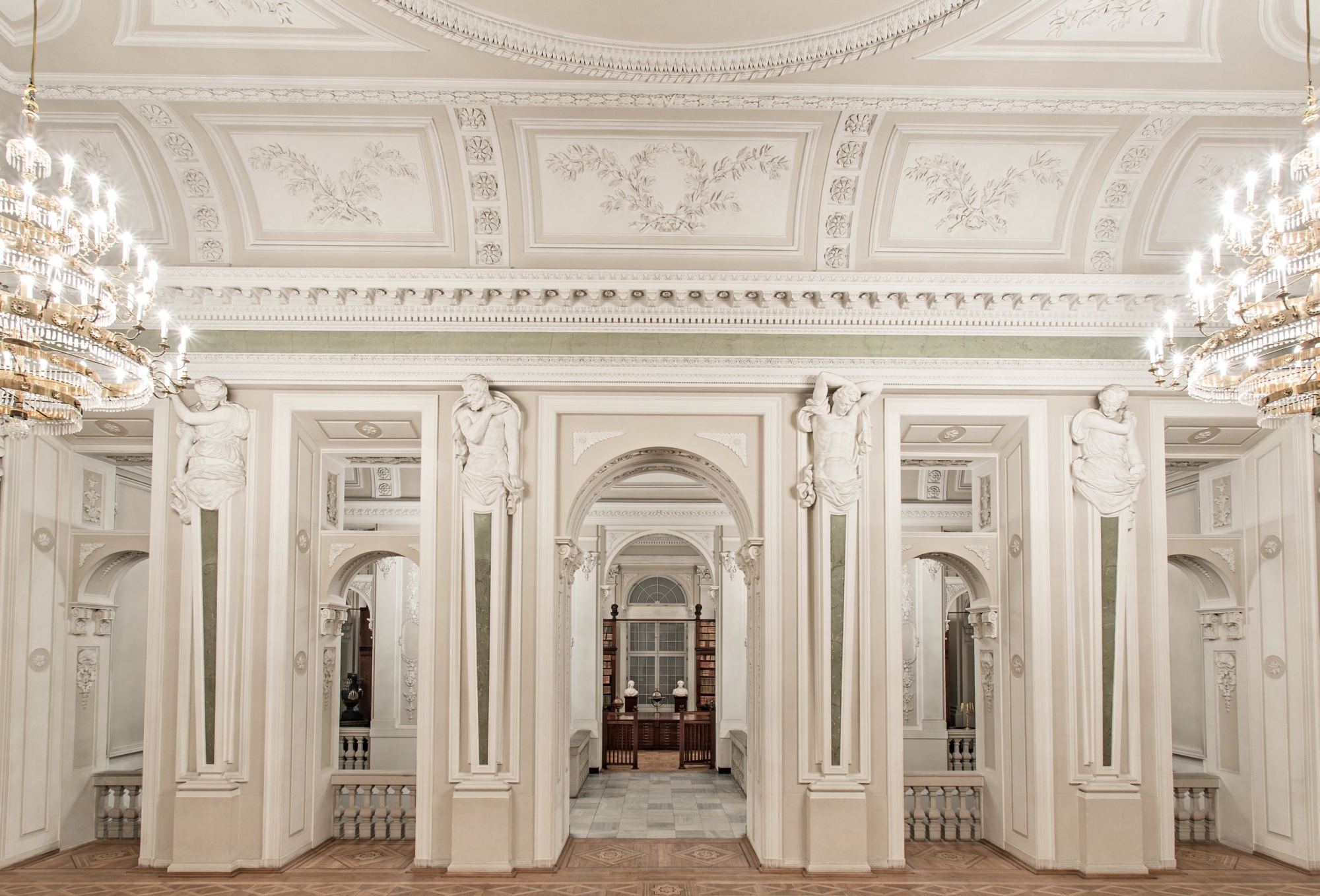
After dark, the façade of the palace will become the backdrop for a multimedia show with music by Wojciech Urbański and featuring Anna Dymna, Jan Peszek and Wiktor Zborowski. Then, for six days a week, the baroque interiors of the palace will be home to priceless monuments of Polish and world literature, such as the Swietokrzyskie Kazania, Psałterz floriański, Rocznik świętokrzyski dawny, manuscripts of the chronicles of Gall Anonim and Wincenty Kadłubek, as well as medieval and Renaissance works of European illuminators, including the famous Sforziada.
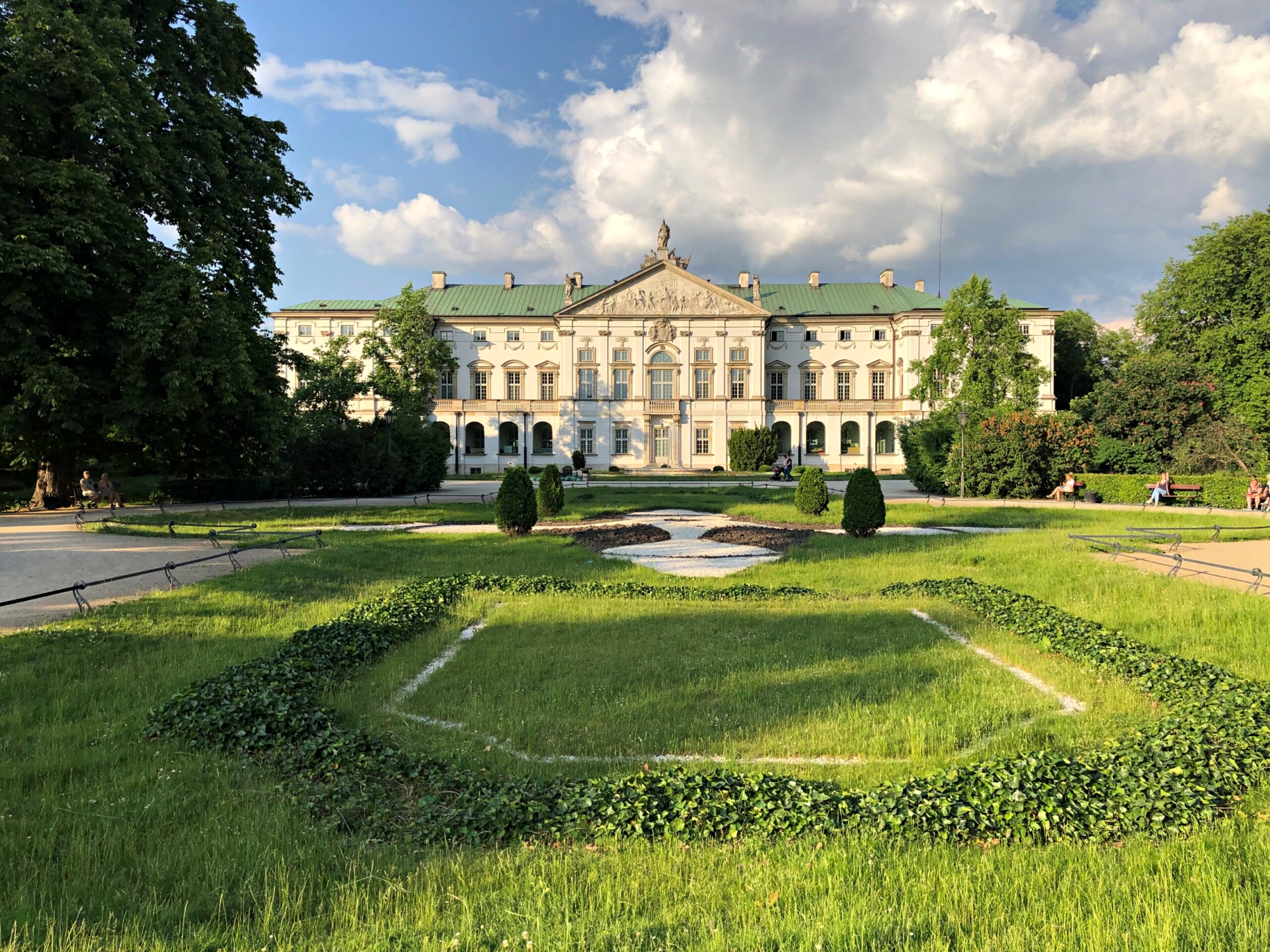
A separate place on the permanent exhibition will be occupied by literary manuscripts – the only autograph of a work by Jan Kochanowski, Juliusz Słowacki’s Balladyna, Adam Mickiewicz’s Ode to Youth and collections of manuscripts by Cyprian Kamil Norwid, Zbigniew Herbert and Czesław Miłosz. It will also contain monuments of musical culture, such as the manuscripts of Fryderyk Chopin and Henryk Mikołaj Górecki, and originals of works by Agnieszka Osiecka and Jacek Kaczmarski.
Admission to the exhibition will be free of charge, and the Krasiński Palace will become a new tourist attraction on the map of Warsaw after the just completed modernisation.
Source: National Library
Read also: Warsaw | Monument | History | Architecture in Poland | Palace


